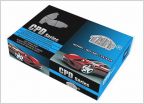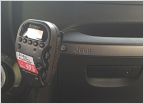-
Welcome to Jeeps.net!
You are currently viewing as a guest! To get full-access, you need to register for a FREE account.
As a registered member, you’ll be able to:- Participate in all Jeep discussion topics
- Transfer over your build thread from a different forum to this one
- Communicate privately with other Jeep owners from around the world
- Post your own photos in our Members Gallery
- Access all special features of the site
What is the Difference between a reman'd and a rebuilt auto part.
Discussion in 'General Jeep Discussion' started by OFFGRID, May 12, 2017.


 Protecting the cargo area from dog hair
Protecting the cargo area from dog hair Compass ‘16 TPMS issue.
Compass ‘16 TPMS issue. Gas tank filler cover
Gas tank filler cover Random issue already...
Random issue already... The new lights
The new lights Cb radio
Cb radio











